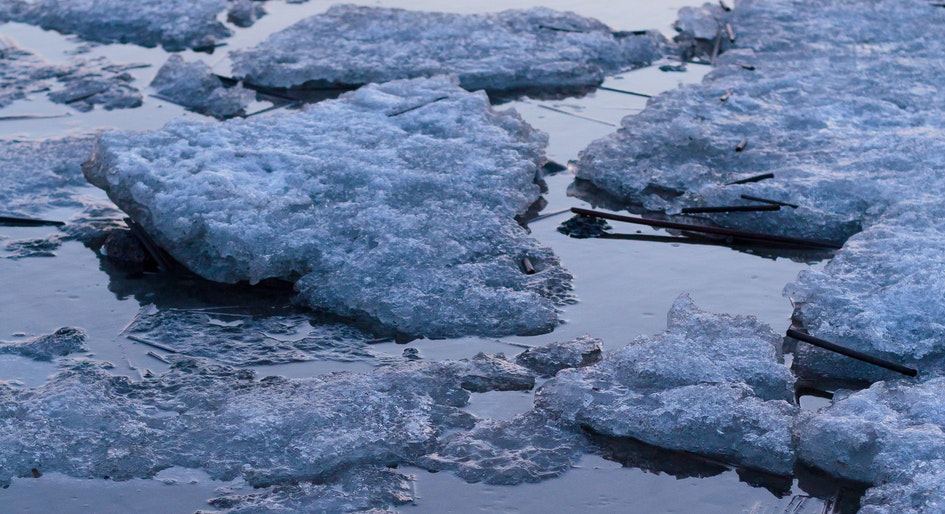Flood water has damaged an estimated 1,230 buildings in Fort McMurray, Alberta, including more than 1,000 homes and businesses in the city’s lower core fronting onto the Clearwater River, and 49 structures in the Taiga Nova industrial park bordering the Athabasca River. Officials with the Region of Wood Buffalo are warning approximately 13,000 evacuees from affected areas not to return to check on their properties.
“The risk in areas under mandatory evacuation orders remains high as water can become electrically charged or ice can shift, causing further flooding and water and debris to begin moving very quickly,” asserts Scott Davis, director of emergency management for the municipality. “Members of the public travelling into these locations are putting themselves, first responders and others at risk of a serious incident.”
Massive ice jams on the Peace and Athabasca Rivers are pushing up water levels in the constrained channels behind them, causing an up to 6-metre rise in Athabasca River water levels and the one-metre rise in the Clearwater River that spilled into downtown Fort McMurray. Beyond flooded areas, a boil-water advisory is in place for the entire city and several outlying hamlets.
Evacuees have been instructed to abide by COVID-19 social distancing requirements. Thus far, approximately 6,000 of the 13,000 have registered, as requested. A smaller number, estimated at 1,700 yesterday, have been accommodated in hotel rooms or oil sands workers’ quarters for stays of up to seven days.
“If you secured your own accommodations upon evacuation, you won’t be refunded by the Municipality,” today’s communique from the Region of Wood Buffalo states. “You can still register to receive accommodations. You may be eligible for reimbursement through your insurance provider.”
Initial building damage estimates were developed via ground, air and boat reconnaissance, but more details will follow. “It is important to understand that re-entry isn’t possible until it is safe to be in these areas. It’s anticipated that it will be a phased re-entry.” the municipal communique states.
“No one can envy the emergency response teams working to respond to the pandemic and the flood at the same time,” observes Natalia Moudrak, director, climate resilience, at the University of Waterloo’s Intact Centre for Climate Adaptation.
While this scenario was actually on crisis preparedness planners’ radar given the relatively consistent annual potential for ice jam formation on the northern Alberta rivers, a flash flood might occur anywhere, presenting other communities with the same dilemma. “It’s imperative for homeowners and businesses to prepare proactively,” Moudrak reiterates.
The Fort McMurray flood comes almost exactly four years after forest fires triggered a citywide evacuation.





